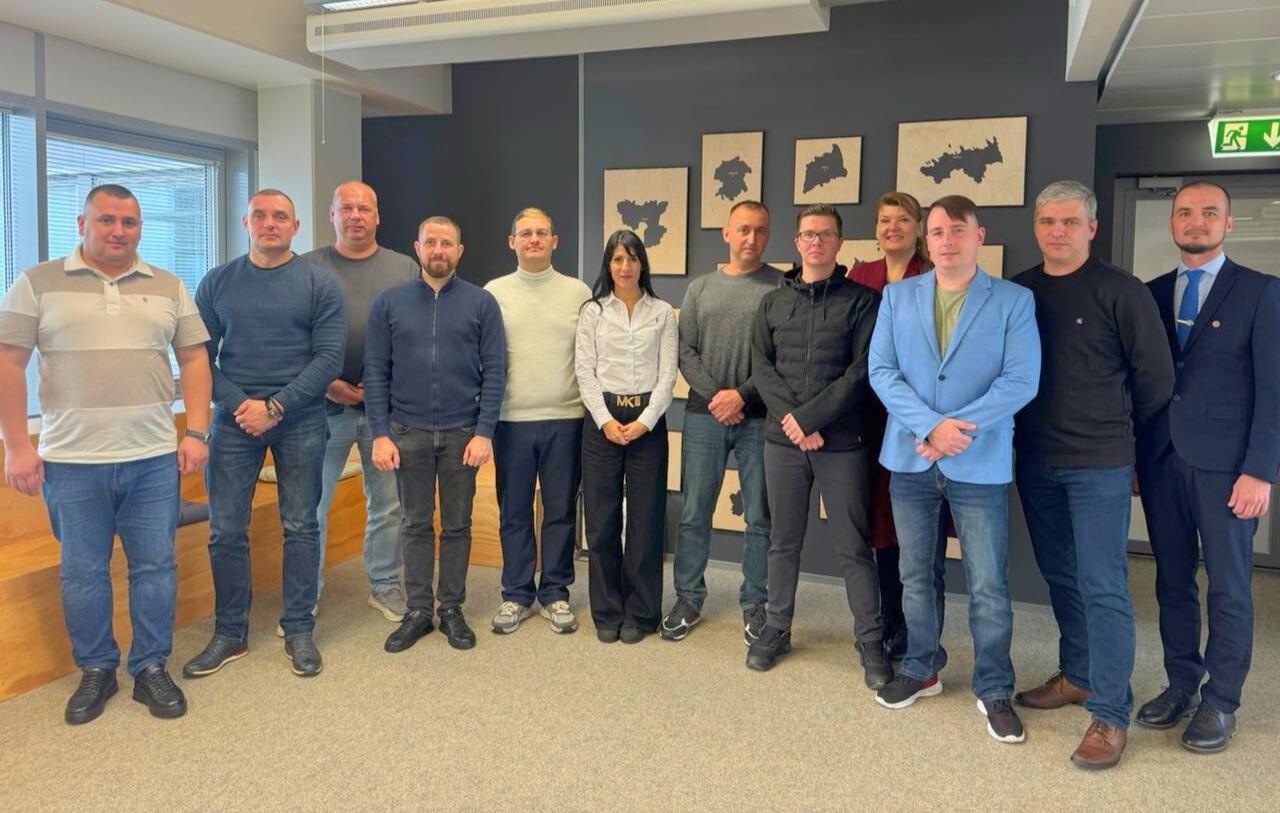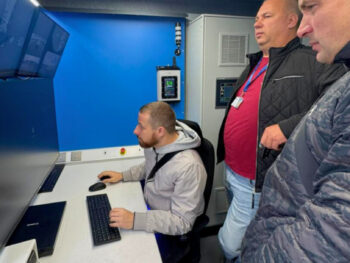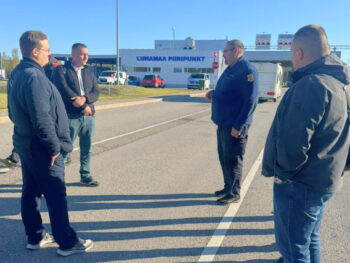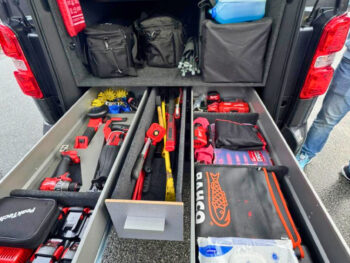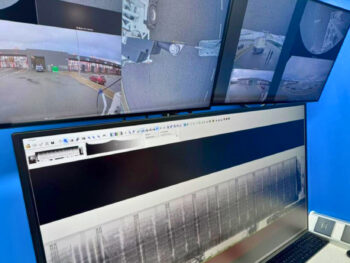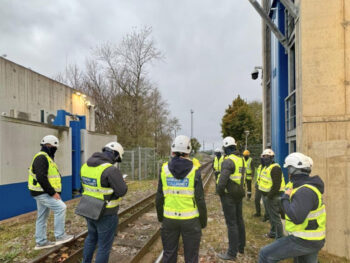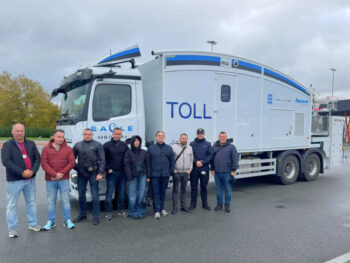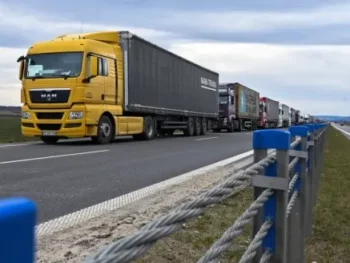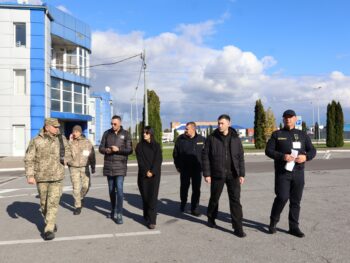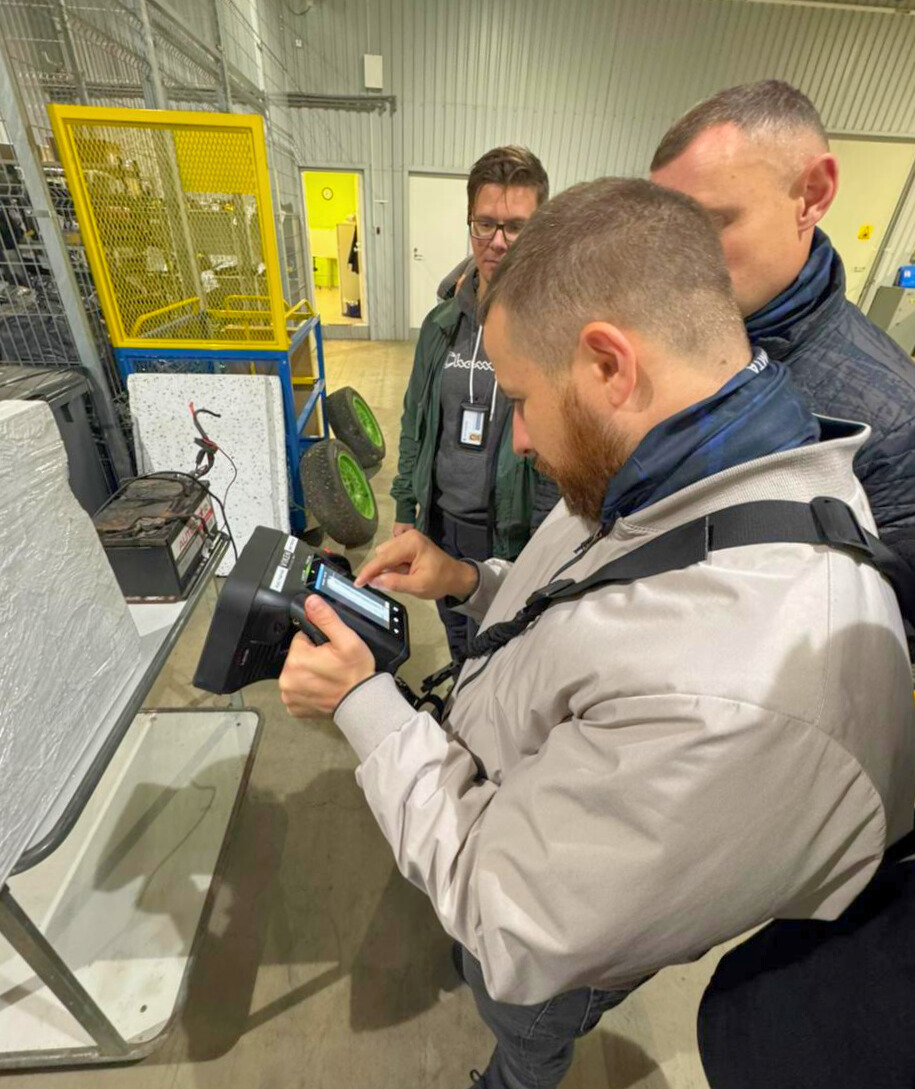
From 6 to 10 October 2025, five officers from Ukraine’s State Customs Service (SCS) participated in a study visit to Estonia. There, they explored the use of modern X-ray scanning systems to reinforce border control procedures. Organised and facilitated by the EU-funded EU4IBM-Resilience Project, the visit provided participants with direct exposure to the operational practices, technical infrastructure and maintenance approaches currently implemented by the Estonian Tax and Customs Board (ETCB).
The Ukrainian delegation comprised customs officers from border regions where stationary and mobile scanning systems are deployed, including Volyn, Lviv, Zakarpattia and Chernivtsi, as well as the central office of the SCS in Kyiv. Most of them previously completed specialised training sessions on the operation and image analysis of scanning systems such as Rapiscan Eagle M60 and Nuctech MB1215LC, supported by the EU4IBM-Resiliense Project.
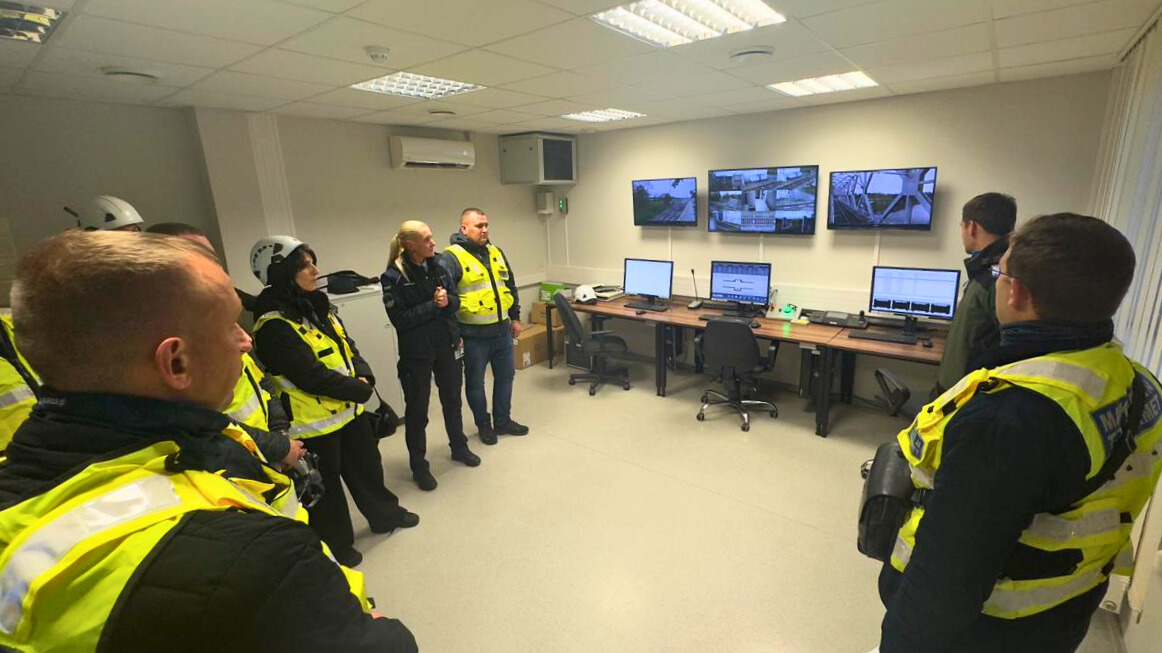
At the ETCB headquarters in Tallinn, the Ukrainian officers were introduced to the Estonian customs system, including its digital infrastructure, control procedures, and recent innovations in risk management and inspection. Over the following days, the delegation visited key locations, including the Narva, Luhamaa and Koidula border crossing points, as well as the Port of Tallinn, which is one of Estonia’s main cargo hubs.
At each site, they observed the real-time use of high-energy X-ray scanning systems, mobile inspection units, baggage X-rays and handheld devices for targeted cargo and vehicle checks. The visit also included demonstrations of scanner maintenance routines, control room setups in space-constrained environments, and full-scale inspections involving the combined use of X-ray systems and sniffer dogs – an example of integrated control methodology in high-traffic areas.
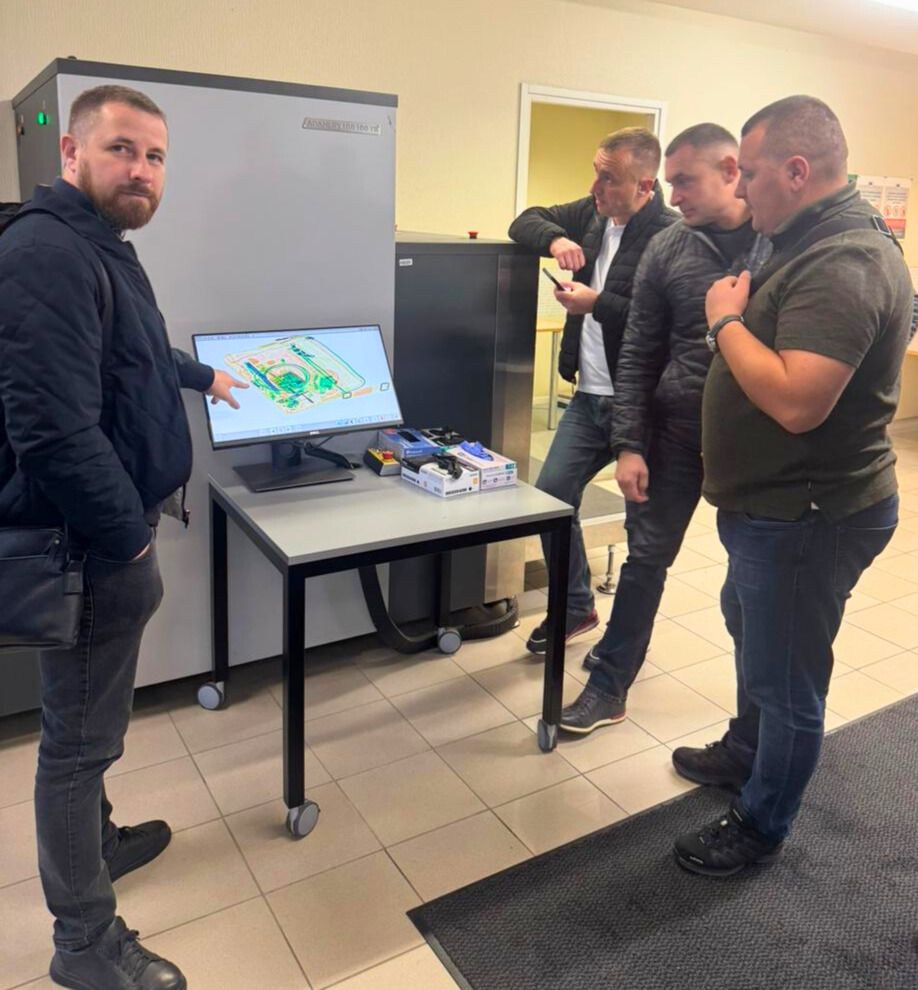
One of the main objectives of the visit was to gain an understanding of how Estonia ensures the continuous and reliable operation of its scanning equipment. Discussions with Estonian technical staff centred on preventive maintenance, image calibration and the importance of trained in-house personnel in maintaining and repairing scanners. These topics are directly relevant to Ukraine, where similar systems are in place, and where the SCS is scaling up its efforts to reduce downtime and dependence on external servicing.
“The visit to Estonia showed us how scanning systems can be integrated into everyday border procedures – not just as isolated tools, but as part of a functioning, well-supported inspection ecosystem,” said Nazar Buzko, Head of the Department for Technical Customs Control Equipment at the SCS. “We saw what effective organisation of customs control, the use of modern technical equipment, scanner deployment and maintenance look like in practice, and we have returned with ideas that are both realistic and applicable to our own context.”
The Estonian visit adds a critical operational perspective to the capacity building already implemented in Ukraine with a focus on scanners. Earlier in 2025, customs officers received training on image interpretation, mobile scanner operation, and basic maintenance, including a hands-on course delivered at the Rapiscan factory in the United Kingdom. By seeing how similar systems function within an EU Member State, the Ukrainian officers were able to assess how these technologies are managed in environments with comparable security demands and border traffic volumes.
“Gaining practical experience of how scanners are used, maintained and integrated into border control workflows enables Ukrainian officers to improve their technical understanding and plan more effectively for the long-term use of equipment,” said Vyacheslav Toporov, EU4IBM-Resilience Project Manager. “This visit supports Ukraine’s shift towards more self-sufficient and resilient customs operations.”
Implemented by the International Centre for Migration Policy Development (ICMPD) and funded by the European Union, the EU4IBM-Resilience Project continues to work closely with Ukraine’s customs authorities to promote the adoption of non-intrusive inspection technologies. Alongside procuring modern scanning systems, the project provides training, technical assessments, maintenance planning and international cooperation, ensuring that investment in equipment is matched by sustainable operational capacity.
